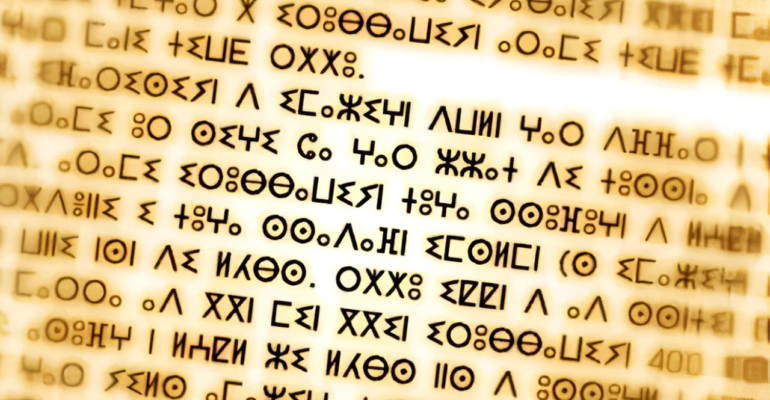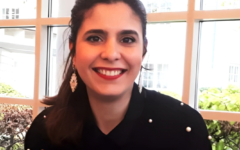The Development of Narrative Intertextuality in Tayfart Poetry
31 October 2025 2025-10-31 20:36The Development of Narrative Intertextuality in Tayfart Poetry

The Development of Narrative Intertextuality in Tayfart Poetry
| Intertextuality appears in multiple forms—religious, social, historical, and literary. Among these, narrative intertextuality distinguishes itself through its reliance on storytelling, which enables dialogue between different literary traditions. Because narrative inherently conveys cultural meaning, it serves as a bridge through which texts exchange themes, symbols, and voices. Within Amazigh literature, Tayfart poetry exemplifies this dynamic interplay between narrative and poetic expression. Deeply rooted in oral tradition, it reflects the transformation of collective memory into written art. The poet Ibrahim Amhazoun illustrates this process in his poem Tayfart, where he reinterprets the tale of the wolf who devours the sheep while riding on the donkey’s back. By aligning himself with the cunning wolf, Amhazoun recontextualizes a familiar story to explore themes of deception and identity, demonstrating how narrative intertextuality revitalizes inherited motifs. This study examines the development and function of narrative intertextuality in Tayfart poetry, emphasizing its role in linking oral and written forms of Amazigh creativity. It argues that intertextuality extends beyond literary technique to become a mode of cultural continuity—preserving heritage while opening pathways for renewal. Through this perspective, Tayfart poetry emerges as a vital space where oral narrative and modern literary expression converge, allowing the past and present to engage in a sustained cultural conversation. |
Dr. Lahcen Ousaid
École Normale Supérieure, Sidi Mohamed Ben Abdellah University, Fes, Morocco
Related Posts
Search
Categories
Popular Tags
academic
adaptation
anxiety
Artificial Intelligence
development
digital
Drought
Dyslexia
education
Emotional Intelligence
Family
Governance
higher education
humanities
Identity
innovation
international
learning
learning difficulties
Learning strategies
mental health
Morocco
Noun
pedagogy
peer review
Philosophy
Problem-solving situations
Psychological Resilience
public space
Religion
research
school
Science Step Journal
Social interactions
Socialization
social sciences
student
students
technology
tradition
training
university
Values
Verb
Youth






